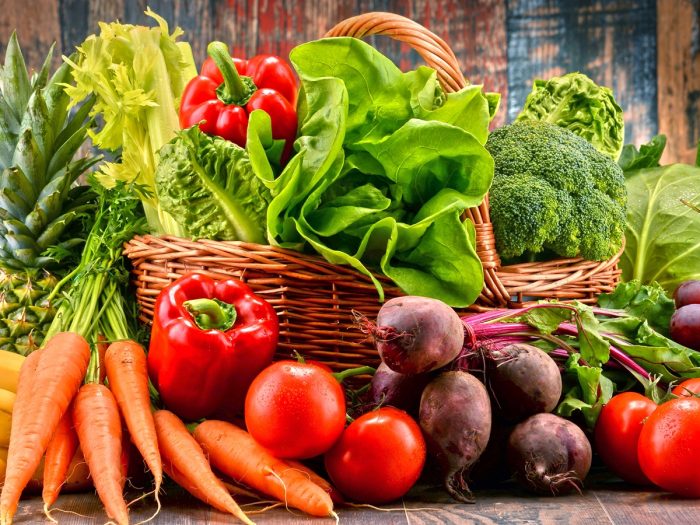We know that certain foods lower the risk of cardiovascular diseases, but is there a link between different food groups with stroke subtypes? A large-scale study in Europe linked major foods and dietary fiber with ischaemic and hemorrhagic stroke. Published in the European Heart Journal, the study was carried out by the University of Oxford. The authors used the data from the European Prospective Investigation into Cancer and Nutrition (EPIC), a large -scale multi-center prospective cohort study. [1]

Fruits, vegetables and dietary fiber lower risk of ischaemic stroke. Photo Credit: Shutterstock
They used data from nine European countries with 418,329 participants. The local diet was assessed according to country-specific questionnaires. It was designed to gather data on habitual food intake calibrated for 24-hour recall. Associations were then established with the consumption of different types of food, such as legumes, cereals, dairy products, fruits and vegetables, animal-based foods, and processed food. These were established for ischaemic and hemorrhagic stroke.
Food that lowered the risk of ischaemic stroke included higher consumption of fruit and vegetables, milk, yogurt, and cheese. On the other hand, foods like red meat increased the risk. For hemorrhagic stroke, eggs were considered high-risk food. The study authors stressed that knowing the subtype of the stroke could be important when planning a diet for patients.
